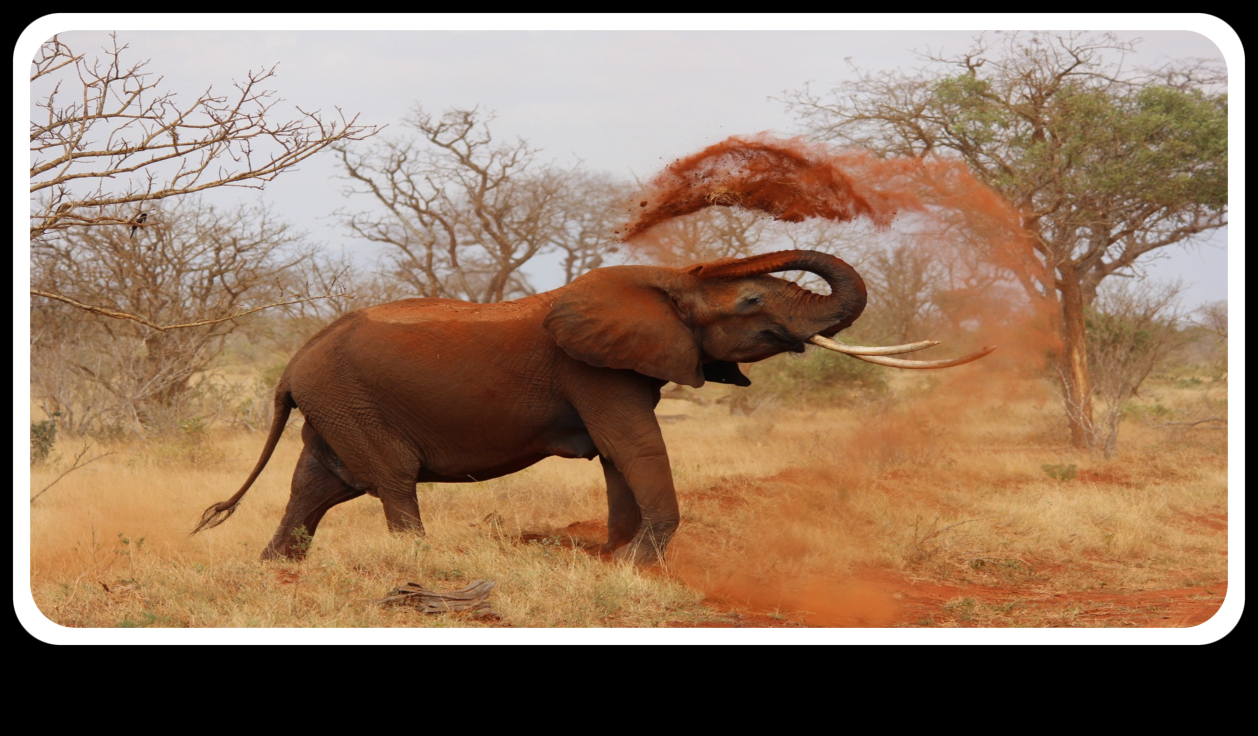Wildlife conservation awareness is not well known in Kenya despite the country having most of its wildlife living within the community.
Most of the local communities see wildlife as a source of income (having opportunities to sell their merchandise to the tourists) and tourists attraction, very few really have the connection with the wildlife.
Human-wildlife conflict has been a problem in the country and this may be one of the reasons why those affected by it rarely treasure the wildlife. They see wildlife as a threat to their farms, lives, and space. They have faced a lot of negative outcomes as a result of human-wildlife conflicts and thus have negative perceptions regarding wildlife.

Most of the communities living within conservation areas are invested in the farms which are frequently attacked by the wildlife from time to time. This creates a strive between the farmers and the Kenya Wildlife Services. In Kenya, for one to be compensated for such damages, it involves long tiring processes that may end unfruitful most of the time.
And as a result, it has led to numerous demonstrations whereby the farmers threaten to take actions on their arms and this means them killing the wildlife that trace passes their farms. This is a clear indication of a big bridge between the local and wildlife conservation organizations.
Conservation will only be successful once the communities understand and embrace the value of the wildlife. Once they understand that tourist attraction is not the only reason for conserving wildlife. This will also help them refrain from land encroachment and poaching.

The majority of poaching in African countries is executed by the locals by being offered good tips by the big fish in the international market for wildlife. So the local is made to choose between earning heavy bribery to poach or earn ” nothing” to protect wildlife.
We all agree that this is a tricky situation for a group of people who are inadequately informed on the importance of wildlife conservation and living in total poverty. How do you change their perception towards wildlife and make them embrace wildlife conservation positively? Answer to this question will be a strong background and foundation for the future of wildlife conservation.
Most of the demonstrations held in defense for wildlife conservation issues is mostly fueled by the NGOs, students, and the international bodies, which is an excellent, but true success will be fully attained once the local communities join the force. They are the backbone of wildlife conservation and have a strong pivot to it. They live alongside wildlife and interact frequently with them.
Local communities have been living with wildlife for centuries and their co-existence has been positive, the problem is the external parties that are corrupting their minds and this is the greatest threat to wildlife survival. It’s important we start by salvaging the local community support as we continue fighting for wildlife conservation and being their voice.
Africa has very unique wildlife but all these are dependent on the impact that will be created from their conservation and protection. Every journey starts with a step and together we can do a lot. Let’s promote conservation awareness across the local communities, share the tourism benefits with the locals, and most importantly change their perception towards wildlife.
# Conservationist254
Originally written at http://chechewinnie.wordpress.com/


I am so glad I found your blog! Enthusing local communities about conservation is such a crucial step!
Thank you very much. Am trying to spread conservation education and awareness. Hope to see you more often.